Introduction: An Overview of Dental Veneers
Dental veneers have emerged as a popular technique in cosmetic dentistry, offering a transformative solution for enhancing the appearance of teeth in terms of color, shape, and size. Among the various types of veneers available, U.S.-Canada veneers and Emax veneers stand out as two prevalent options, each with unique characteristics. In this article, we will delve into the differences between these two veneer techniques, enabling you to make an informed decision for your dental aesthetic needs.
1. Composition of Materials
U.S.-Canada Veneers:
Typically crafted from either ceramic or resin materials, U.S.-Canada veneers predominantly feature ceramic due to its superior transparency and durability. This allows them to closely mimic the natural appearance of teeth. While resin veneers are more economical, they do not match the aesthetic appeal and longevity of their ceramic counterparts.
Emax Veneers:
Conversely, Emax veneers are constructed from a high-strength ceramic material. Known for its exceptional transparency and strength, Emax offers enhanced aesthetic potential and longevity, making it an excellent choice for those seeking both beauty and durability in their dental aesthetics.
2. Fabrication Techniques
U.S.-Canada Veneers:
The creation of U.S.-Canada veneers often involves the reduction of a portion of the tooth’s enamel to ensure a proper fit. This procedure is accompanied by a series of steps, including impressions, grinding, and sanding, before the veneers are affixed to the teeth using a bonding agent.
Emax Veneers:
In contrast, the fabrication process for Emax veneers is typically simpler, requiring only minimal reshaping of the tooth’s surface. Using digital scanning or impression techniques, dental professionals can efficiently capture the necessary data to create and bond the veneers.
3. Indications and Aesthetic Outcomes
U.S.-Canada Veneers:
These veneers are ideal for addressing mild dental imperfections, such as discoloration from tetracycline, fluorosis, or gaps between teeth. The results tend to be quite natural, effectively improving the aesthetic appeal of the smile.
Emax Veneers:
Emax veneers are better suited for more pronounced dental issues, including tooth loss or severe discoloration. Their durability ensures that they not only enhance appearance but also offer substantial protection against further dental degradation.
4. Aesthetic Appeal
U.S.-Canada Veneers:
Characterized by their thin design, typically measuring between 0.2 to 0.5 mm, U.S.-Canada veneers provide excellent adaptability and visual appeal, making them a popular choice for those prioritizing natural aesthetics.
Emax Veneers:
Emax veneers also achieve high levels of translucency, available in a wide range of 30 shades, allowing for highly personalized designs tailored to individual dental situations.
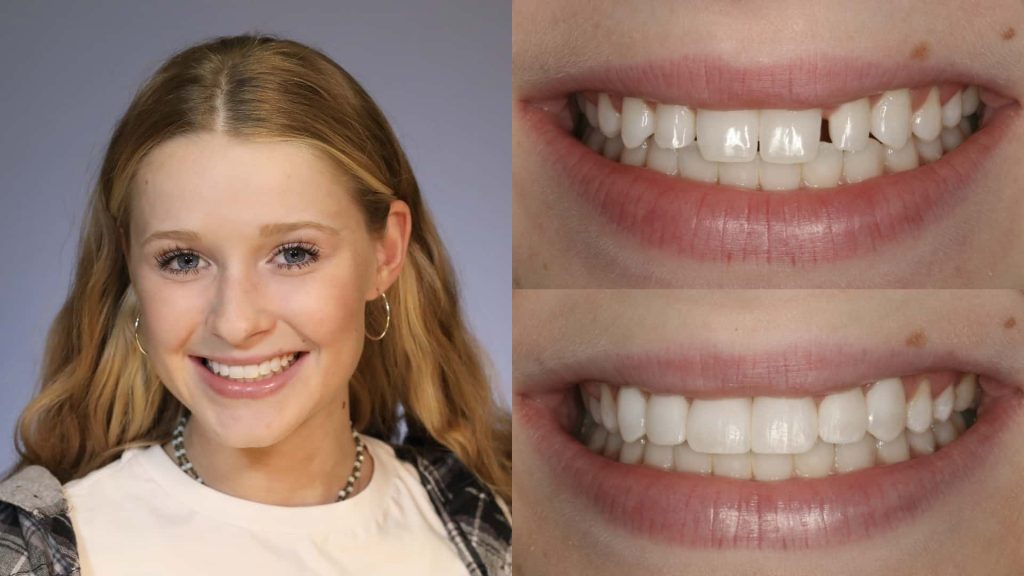
5. Biocompatibility
U.S.-Canada Veneers:
These veneers boast excellent biocompatibility, causing no damage to the underlying teeth. Their lifespan largely depends on the individual’s oral hygiene practices.
Emax Veneers:
While Emax veneers require some preparatory enamel reduction, they maintain a level of biocompatibility that allows for effective bonding without significant harm to the tooth structure.
6. Cost Considerations
U.S.-Canada Veneers:
On the economic front, U.S.-Canada veneers are relatively affordable, with prices starting around 2,400 yuan.
Emax Veneers:
In contrast, Emax veneers position themselves as a premium option, generally beginning at approximately 3,200 yuan.
7. Origin of Manufacture
U.S.-Canada Veneers:
These veneers are domestically developed, integrating advanced biotechnological materials and utilizing digital technologies to accommodate the unique dental characteristics found within the local population.
Emax Veneers:
Emax veneers originate from the renowned German brand, utilizing CAD/CAM technology for precise manufacturing, which emphasizes detail and superior quality.
8. Durability and Maintenance
U.S.-Canada Veneers:
The expected lifespan of U.S.-Canada veneers is shorter, averaging between 3 to 5 years. Given their resin composition, these veneers may be susceptible to external factors that can lead to discoloration, necessitating diligent oral care and regular dental check-ups.
Emax Veneers:
Emax veneers, due to their ceramic construction, can last over a decade with proper maintenance, though regular dental visits are advisable to ensure their continued effectiveness.
9. Choosing the Right Veneer
When contemplating veneer options, it is essential to assess your individual dental conditions and personal preferences. If your dental needs are modest and you prefer a more budget-friendly choice, U.S.-Canada veneers may suit you best. For those facing significant dental challenges who desire long-lasting results, Emax veneers could be the ideal solution.
Conclusion: Making an Informed Choice
In summary, U.S.-Canada and Emax veneers offer distinct advantages and considerations in the realm of dental aesthetics. Understanding their differences in materials, fabrication processes, suitability for various dental conditions, cost, and longevity is crucial. By familiarizing yourself with these aspects, you can confidently navigate the dental aesthetic landscape and determine the best option for your smile enhancement.

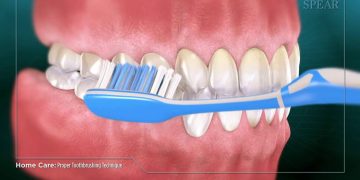
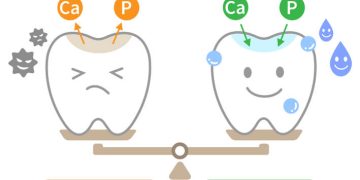





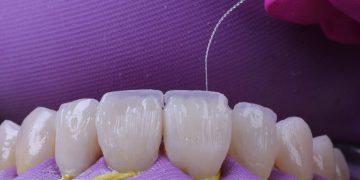
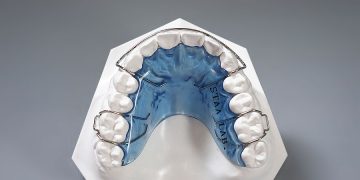

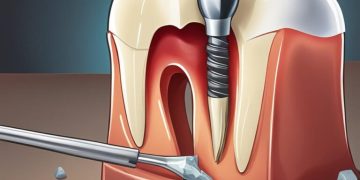



















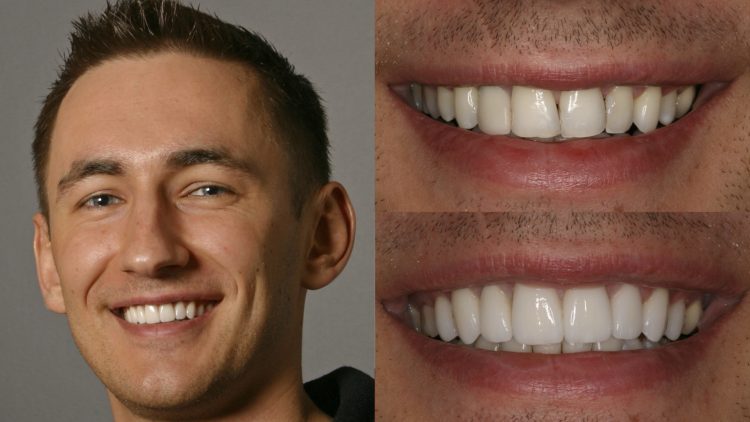













Discussion about this post